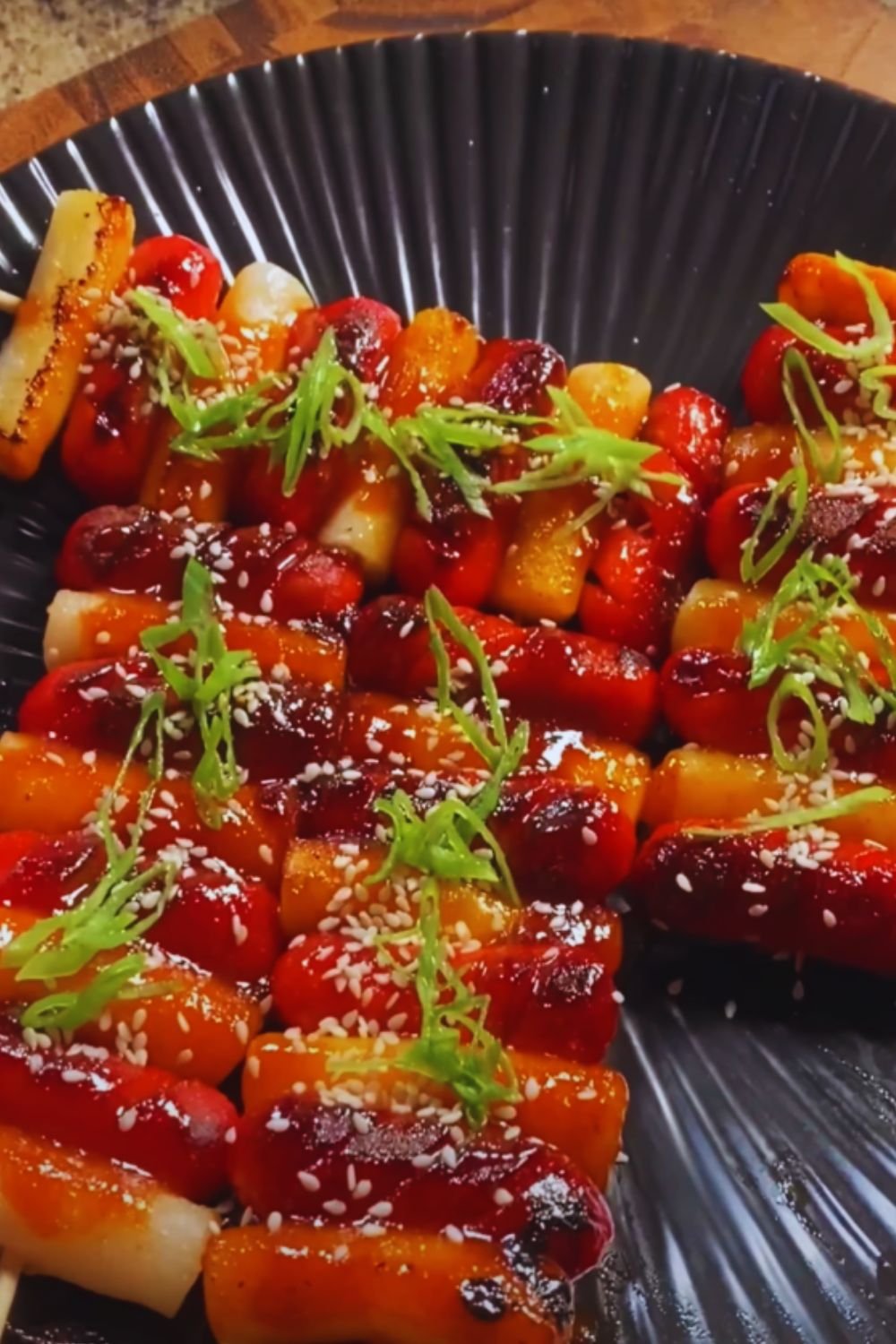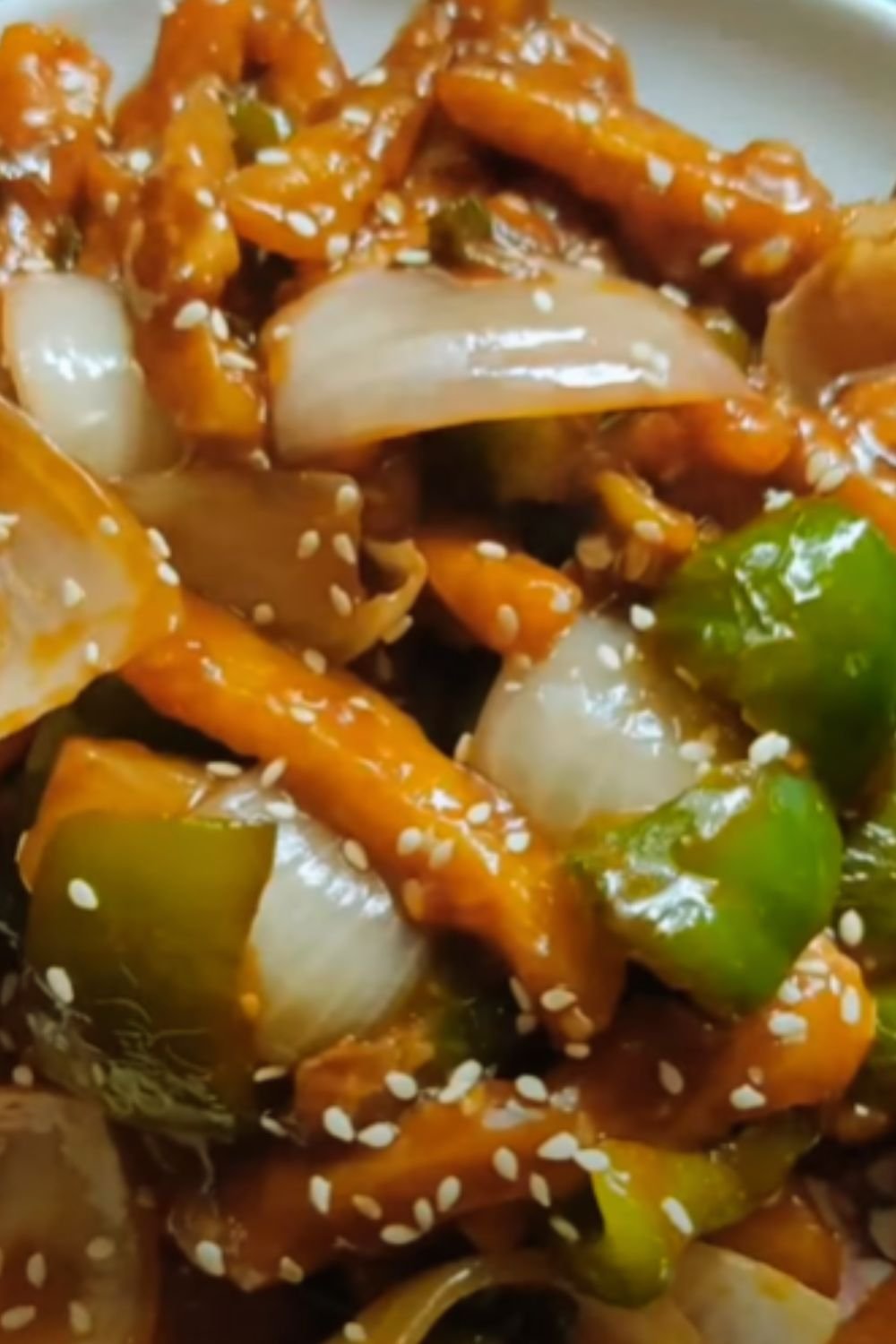There’s something magical about the way chewy rice cakes dance in a vibrant red sauce, releasing waves of sweet, spicy, and savory flavors with each bite. Today, I’m excited to share my deep dive into making authentic tteokbokki (떡볶이), one of Korea’s most beloved street foods and comfort dishes.
A Journey into Korean Comfort Food
My first encounter with tteokbokki was at a bustling street market in Seoul, where the intoxicating aroma of gochugaru (Korean red pepper flakes) led me to a vendor’s steaming pot. The sight of those glossy rice cakes swimming in a rich, crimson sauce was unforgettable. Since then, I’ve spent years perfecting this recipe, and I’m thrilled to share every detail that makes this dish special.
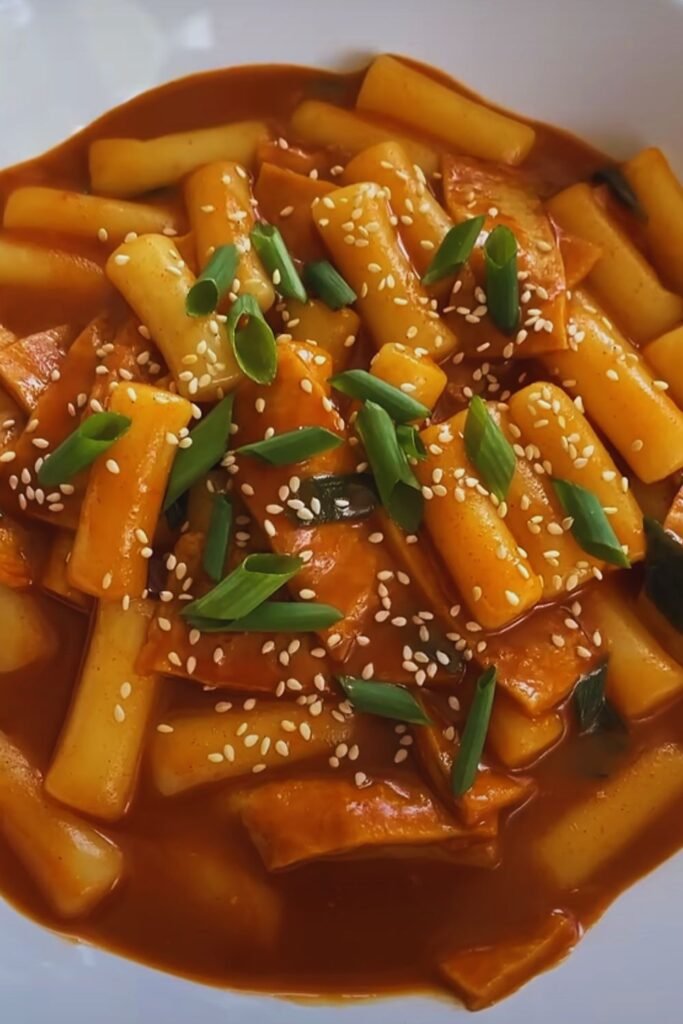
The Heart of Tteokbokki: Understanding Your Ingredients
Before we dive into the cooking process, let’s explore the essential components that make tteokbokki truly authentic:
| Ingredient | Role in the Dish | Shopping Tips | Substitution Options |
|---|---|---|---|
| Garaetteok (cylinder-shaped rice cakes) | Main component, provides chewy texture | Look for fresh ones in Korean markets, refrigerated section | Fresh-frozen ones work well too |
| Gochugaru (Korean red pepper flakes) | Creates signature color and heat | Choose bright red, coarse flakes | Korean chili powder only – no substitutes for authentic taste |
| Gochujang (Korean red pepper paste) | Adds depth, umami, and sweetness | Look for major Korean brands | No real substitute for authentic flavor |
| Anchovy stock | Creates deep, savory base | Make fresh or use instant packets | Vegetable stock for vegetarian version |
| Fish cakes (optional) | Adds texture and flavor | Choose fresh over frozen when possible | Omit for vegetarian version |
| Green onions | Garnish and fresh flavor | Choose bright, crisp stalks | Chives or regular onions |
The Science Behind Perfect Rice Cakes
The secret to achieving that perfect chewy texture lies in understanding the science of rice cake composition. These cylindrical delights are made from rice flour that’s been steamed and pounded, creating unique glutinous structures that give tteokbokki its signature bounce and chew. Here’s what happens during cooking:
| Stage | Temperature | Texture Change | Time | Notes |
|---|---|---|---|---|
| Initial Soak | Room temp | Softening | 10-15 mins | Prevents cracking |
| First Boil | 100°C | Outer softening | 3-4 mins | Don’t overcook |
| Sauce Integration | 85-90°C | Absorption begins | 8-10 mins | Key flavor stage |
| Final Simmer | 80-85°C | Perfect chewiness | 2-3 mins | Texture sets |
Essential Equipment
- Large, heavy-bottomed pot or shallow pan
- Long cooking chopsticks or tongs
- Measuring cups and spoons
- Sharp knife for garnishes
- Heat-resistant spatula
- Timer
The Recipe: Step-by-Step Success
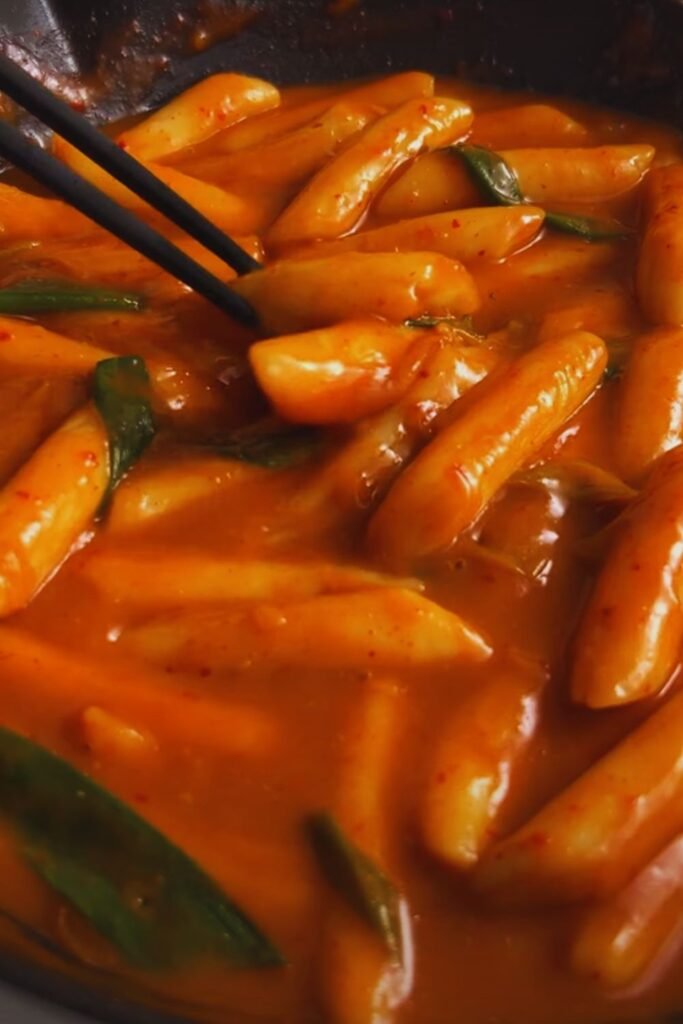
Base Sauce Ingredients (Serves 4):
- 500g garaetteok (Korean rice cakes)
- 3 tablespoons gochugaru
- 2 tablespoons gochujang
- 1 tablespoon soy sauce
- 2 tablespoons sugar
- 4 cups anchovy stock
- 2 green onions, chopped
- 2 cloves garlic, minced
- 1 small onion, diced
- Optional: 200g fish cakes
Method:
- Preparation (15 minutes)
- Soak rice cakes in cold water for 10 minutes if using frozen ones
- Prepare anchovy stock or alternative
- Chop all vegetables and aromatics
- Mix sauce components in a small bowl
- Creating the Base (10 minutes)
- Heat your pot over medium heat
- Sauté onions and garlic until fragrant
- Add stock and bring to a gentle boil
- Stir in sauce mixture until well combined
- Cooking the Rice Cakes (15-20 minutes)
- Add drained rice cakes to the simmering sauce
- Maintain a gentle bubbling – not a rolling boil
- Stir occasionally to prevent sticking
- Cook until rice cakes are tender but still chewy
- Final Touches (5 minutes)
- Adjust seasoning to taste
- Add fish cakes if using
- Garnish with green onions
- Let rest for 2-3 minutes before serving
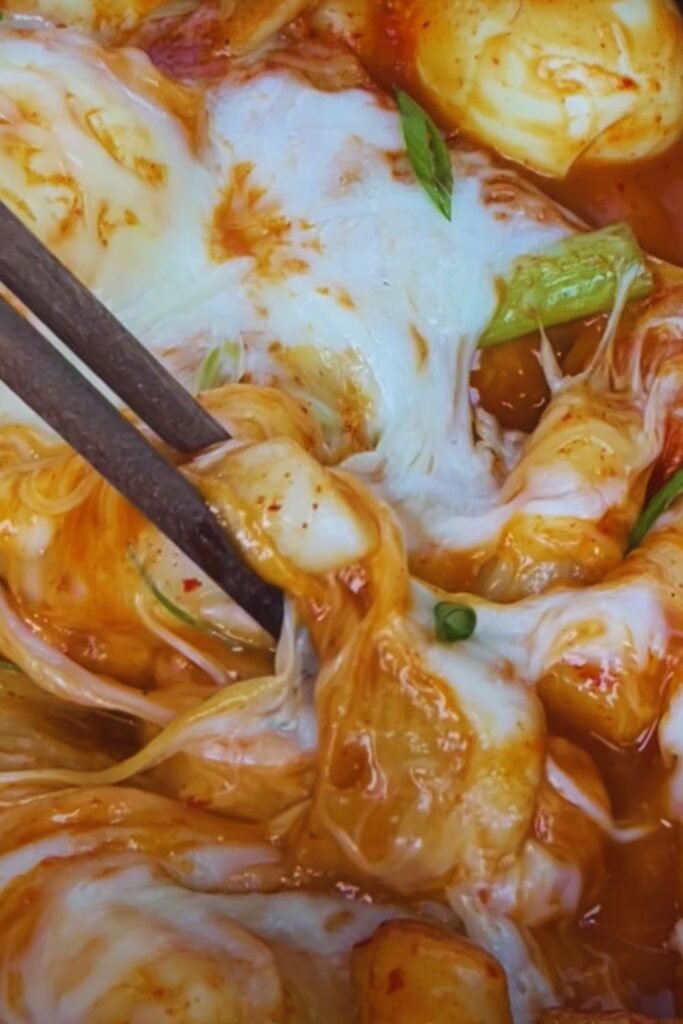
Troubleshooting Common Issues
| Problem | Cause | Solution |
|---|---|---|
| Rice cakes too chewy | Undercooked | Continue cooking, checking every minute |
| Sauce too thin | Too much liquid | Simmer longer to reduce |
| Sauce too thick | Over-reduction | Add hot stock gradually |
| Rice cakes breaking | Old product or overcooked | Reduce heat, cook less time |
Serving Suggestions
I love serving tteokbokki as part of a full Korean spread. Here are my favorite accompaniments:
- Kimchi (try different varieties)
- Steamed eggs (gyeran-jjim)
- Side dishes (banchan)
- Korean dumplings (mandu)
- Seaweed sheets
- Roasted sesame seeds for garnish
Storage and Reheating
| Storage Method | Duration | Notes |
|---|---|---|
| Refrigerator | 2-3 days | Store sauce and rice cakes separately |
| Freezer | 1 month | Sauce only, make fresh rice cakes |
| Room Temperature | 2-3 hours | For immediate serving only |
Frequently Asked Questions
Q: Can I make this dish less spicy?
A: Absolutely! Reduce the amount of gochugaru and gochujang, replacing some of the sauce volume with extra stock.
Q: Why are my rice cakes still hard in the middle?
A: This usually happens when cooking at too high a temperature. Lower the heat and simmer gently until cooked through.
Q: Can I make this dish vegetarian?
A: Yes! Use vegetable stock instead of anchovy stock and skip the fish cakes. The dish will still be delicious.
Q: How do I store leftover rice cakes?
A: Store them in cold water in the refrigerator for up to 3 days. Change the water daily.
Q: Why did my sauce become too thick?
A: The sauce thickens as it cools. When reheating, add a splash of stock or water to achieve desired consistency.
Health and Nutrition
| Nutrient | Amount per Serving | % Daily Value |
|---|---|---|
| Calories | 320 | – |
| Carbohydrates | 65g | 22% |
| Protein | 8g | 16% |
| Fat | 3g | 5% |
| Fiber | 2g | 8% |
| Sodium | 890mg | 37% |
Cultural Significance
Tteokbokki holds a special place in Korean culture, evolving from a royal court dish to a beloved street food. Originally, it wasn’t spicy at all – the red, spicy version we know today emerged in the 1950s post-war era and has since become a national favorite.
Tips for Success
- Always start with room temperature rice cakes
- Never rush the cooking process
- Stir gently to prevent breaking
- Taste and adjust seasonings gradually
- Let the dish rest before serving
- Keep extra stock handy for adjusting consistency
Remember, making perfect tteokbokki is about patience and attention to detail. Each time you make it, you’ll discover new nuances and develop your own preferred style. Don’t be afraid to adjust the spice levels and ingredients to make it your own while respecting the dish’s traditional roots.

